Photonics Engineer by day, indie RPG writer by night, especially interested in open/CC games.
See my stuff here: http://awkwardturtle.games
- 6 Posts
- 23 Comments

 4·1 year ago
4·1 year agoOoo, fantastic. I’ve been doing sugar extractions of lemon zest for a mead recently, and we tried drying and blitzing the zests after filtering.
For us the powder was nice (partly because it got a bit candied during the process) but fairly mild in taste. I think it could still absolutely be fun to use to sprinkle on desserts of drinks, for visuals if nothing else.

 3·1 year ago
3·1 year agoAlso if you use The Estate box set you have a nice, episodic little campaign pre-built for Mausritter. It’s a small hex crawl with a bunch of pamphlet adventures scattered around them, complete with hooks to tie them all together.
Might be a good ongoing structure, especially if you have an inconsistent group, or intend to be swapping GMs periodically.
I’ve almost certainly go too many books, but for me RPG books are two things:
- Something I do or plan to use the actual contents of. Whether that be rules, tools, or adventures.
- Physical objects that are nice to look at and hold.
Happily the indie RPG scene is very good at making books that cover both of those categies. I will once in a while go through the collection and give away books that I both don’t think I’ll ever use, and also aren’t nice enough as objects to be worth keeping around.
I also have a number of magazine bins filled with zines, which I love but also desperately needs to be pared down.
Also because I will take any opportunity to share a shelfie:
Desk RPG shelf of “close to hand” stuff (and also tall books because they don’t fit on the other shelves).
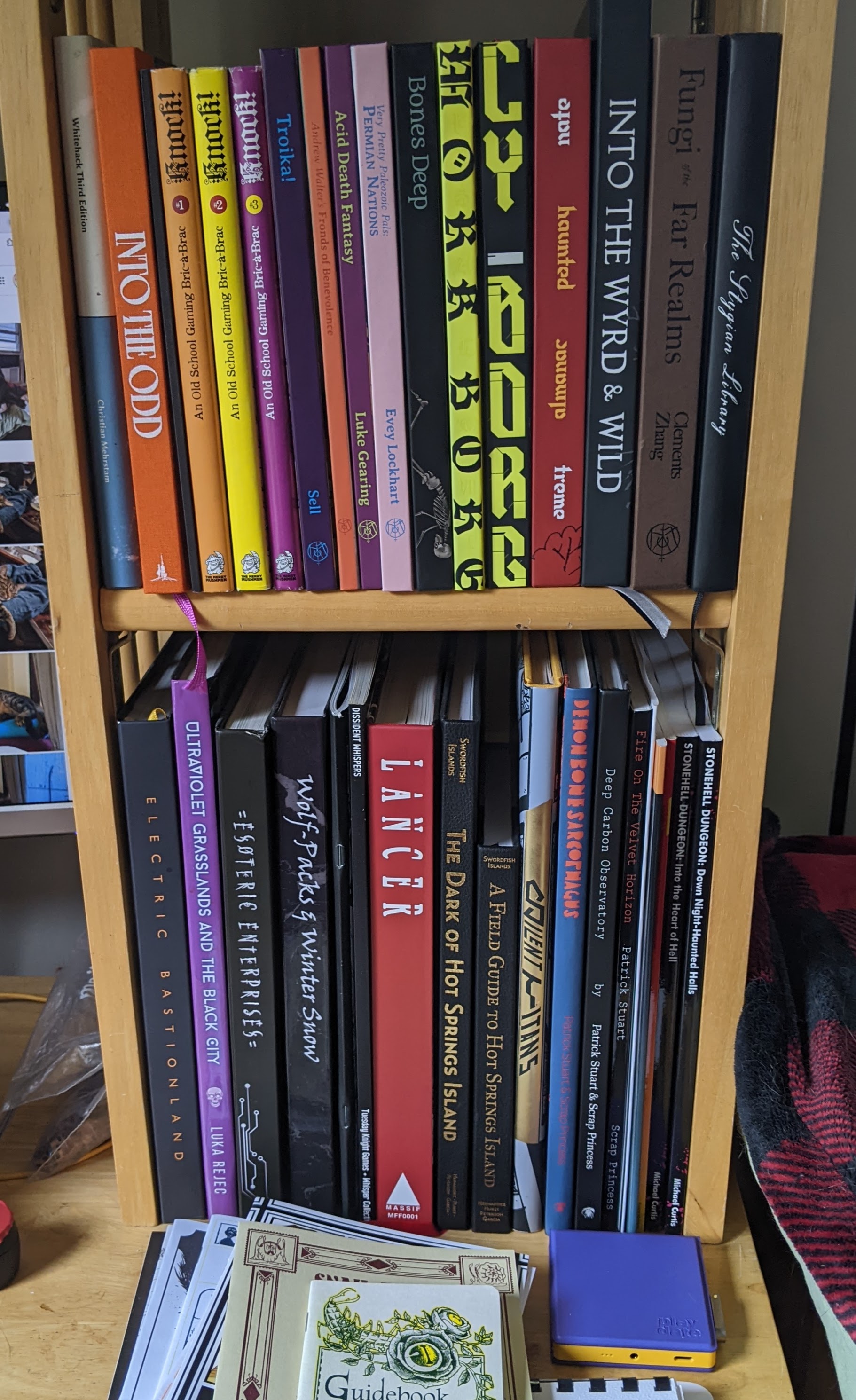
Ancillary bookshelf of RPG stuff:
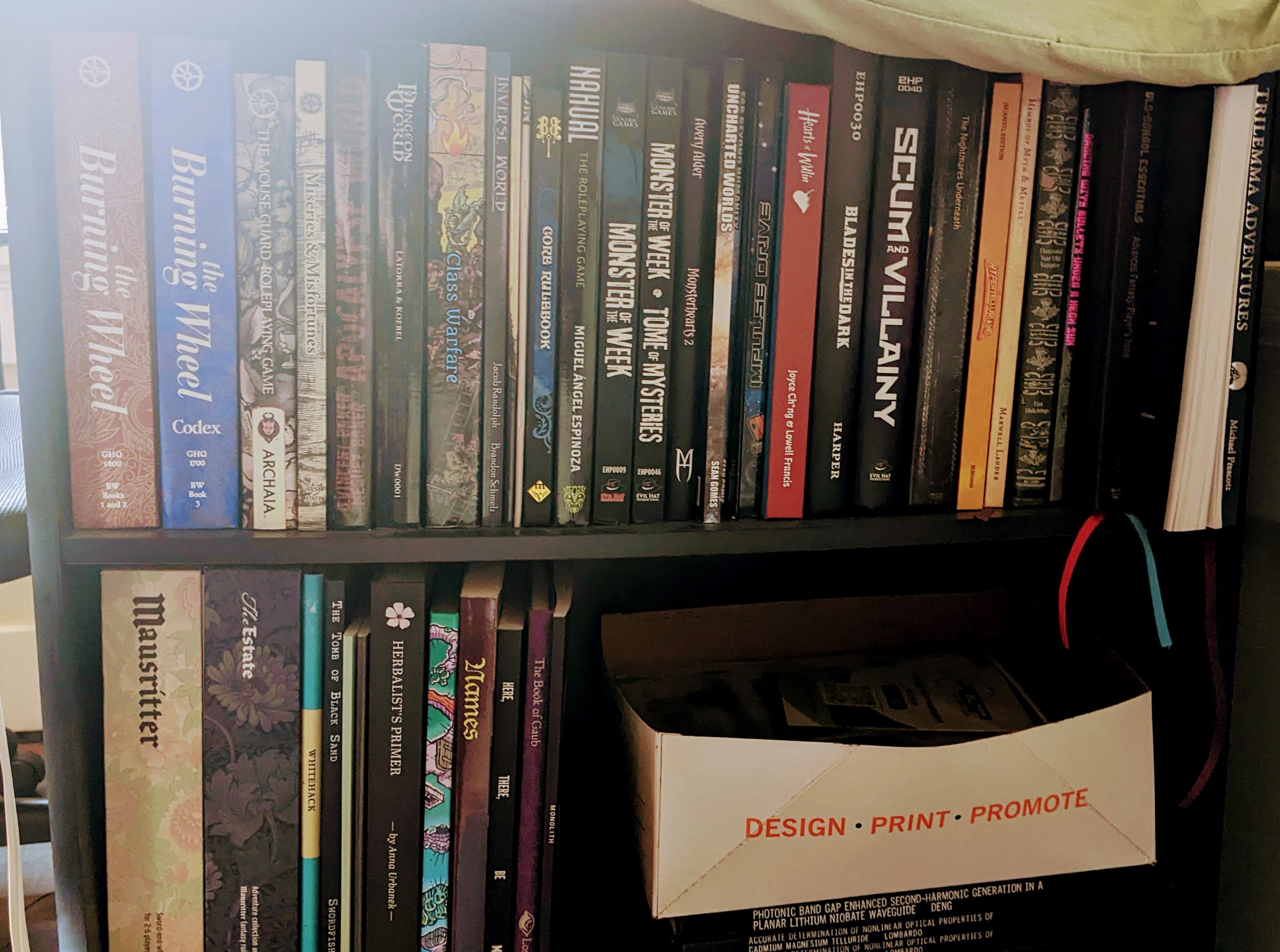
I guess the question is whether your goal is to make all three stats equally useful, or to make sure the attribute damage mechanic is used equally on all three stats.
If it’s the former then increasing the utility of the other two stats with initiative, magic, dodging, etc. would be a good way to go.
If it’s the latter then making sure enemies have a wide variety of attacks works. Psychic/psionics, poison, ensnaring, soul damage, etc. would all help.
Although I do like applying damage to other stats where appropriate, I don’t actually think you need to if what you’re worried about is balancing them.
STR is the more important attribute if you’re consistently getting into combat. All these games share an ethos that combat shouldn’t be a hugely frequent thing at the table. In that context, the stats are a lot more “balanced”. DEX is by far the most called for Save, in my experience, plus it’s how you go first in combat.
WIS/CHA is a little trickier, depending on your individual campaign. Although in Mausritter specifically casting spells can cause WIL damage.
FWIW this is something I grappled with a bit for my own Odd/Cairn hack (slightly exacerbated by some other rules changes), and I eventually came to the conclusion that I didn’t need rules changes to fix it. The only thing I really plan to do is make sure the included bestiary includes examples of damage to other attributes.

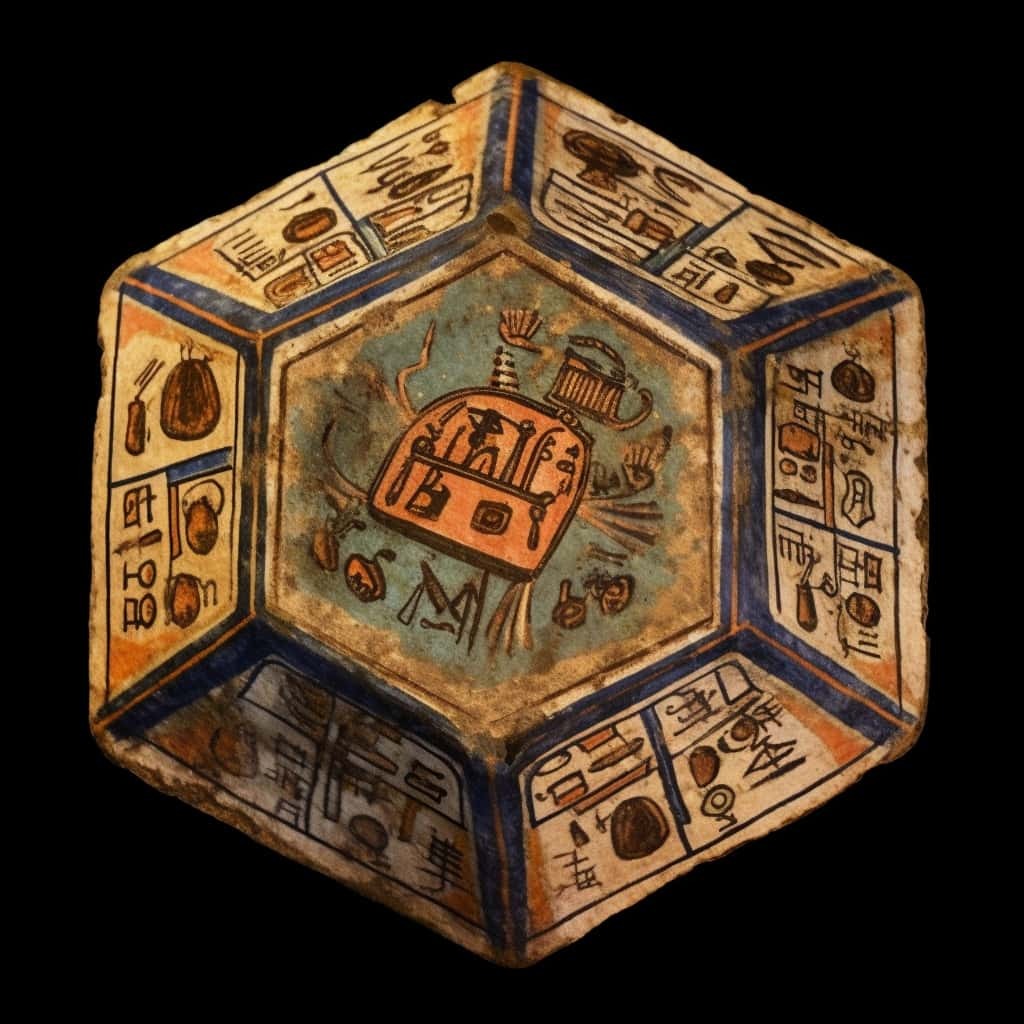 1·1 year ago
1·1 year agoI’ve written a couple similar posts recently, so I’ll consolidate those and add a few more. Apologies for any overlap with existing comments here.
Into the Odd is the epitome of rules light, striped down ,classic DnD. How many rules can you remove and still retain a playable game and the classic adventuring feel? Turns out most of them! This game has spawned a truly absurd amount of hacks, and if you sit down to read and play ITO you’ll see why. The physical copy of the remastered edition is a gorgeous little book as well.
Electric Bastionland is the bigger, younger sibling of Into the Odd. Written by the same author it takes the same core ruleset (with a tiny number of tweaks) and places it into a somewhat absurdist, wonderfully inventive, urban setting. This book is fantastic on many levels, including the unbelievable amount of artwork. Each of the more than 100 Failed Careers has its own piece, and the entire thing serves as a de-facto world-building section alongside its role in character creation. Also includes, in my opinion, the single best collection of GMing advice you can get in a physical book.
Cairn is one of the many aforementioned hacks of Into the Odd, but also pulls in the itemized inventory and character generation tables of Knave. If you want a quick to pick up and play system that pairs nicely with all those OSR modules you’ve been collecting but haven’t run, this is for you. It is not mechanically, directly compatible with b/x stat or adventure, but the dead simple framework makes it extremely easy to convert things on the fly (or just use the large, and growing, list of pre-conversions for various modules. It’s garnered a huge community and spawned its own set of hacks.
Mausritter is an ITO hack in a similar space as Cairn, but you’re playing as tiny mice adventuring in a big and dangerous world. The physical version has super fun cards to use with the slot based inventory, and the digital version is totally free. I’ve found this to be a great gateway (or long term stay!) for the N/OSR space because it’s very easy for people to get into the proper headspace. It makes sense to run away from danger, come up with clever plans to ambush dangerous foes, sneak rather than fight, etc… you’re a tiny mouse! Also if any of your players were into Redwall as kids this will be an easy pitch.
Mothership RPG is a sci fi horror game in the vein of Alien. It has a number of fantastic modules to play, both first party and written by the large and very active community it has fostered. Simple core rules, and great if you’re looking to run a one shot where you expect your players to either lose their minds or get eaten by a monster by the end of the session.
Wolf-Packs & Winter Snow is a prehistoric roleplaying game. Fascinating ideas, really cool setting, a neat loop of hunting and gathering to sustain your tribe (you get XP when something you’ve hunted is eaten, not just killed). Magicians don’t have spellbooks, they have spell locations. I have sadly not actually run or played this one, but it’s such a fun thing to read.
Troika! is an off the wall, somewhat absurdist science fantasy RPG. It has, the core book especially, the best short form, expressive, writing that manages to imply a grand complex setting in a tiny space. Many of the first and third party supplements are also great, I’ll specifically recommend Acid Death Fantasy for a tripped out Dune experience or Very Pretty Paleozoic Pals for playing as actual dinosaurs this book is great. The actual ruleset of Troika! is not for me, but I’ve run plenty of fantastic sessions using it and I love, love, love the writing, art, and settings.
MÖRK BORG is the art-punk, heavy metal, apocalyptic fantasy game. This book gets a lot of attention (and sometimes flak) for it’s dense and complex art and layout, for good reason the book is gorgeous to flip through, but it also contains a nicely working core of rules light d20 gameplay. It also contains The Calendar of Nechrubel, where at irregular points in your game (the rough frequency decided by the table at the start) a new misery occurs, plunging the cursed world into further darkness. When the seventh, and final, misery occurs the world, the game, and your lives end. You are instructed to burn the book. Which all means you get to drive your characters like stolen cars, the world’s ending anyway!
CY_BORG is the cyberpunk version of the above, and trades a dying fantasy world for a chrome and neon corporate dystopia.
Blades in the Dark has you playing as a gang of scoundrels in a Dishonored-esque whale oil powered city besieged by ghosts beneath a sky filled by a dead sun and a shattered moon. It’s got a compelling core loop of going on missions, getting stressed out on those missions, indulging your vices to relieve that stress, getting into trouble because you overindulged, and then needing to go on more jobs to get cash to dig yourself out of that trouble. Going on big heists, and do flashbacks Oceans 11 style to do a dramatic reveal of a hidden aspect of your plan.
Scum and Villainy is Forged in the Dark but you’re a crew on a space ship plying your way in a sci fi galactic sector. Variably Star Wars, Firefly, or Cowboy Bebeop depending on your choice of starting ship, and the direction you take the game.
CBR+PNK is another Forged in the Dark game, but compacted into a set of pamphlets where you take the role of cyberpunk runners performing one last job before retirement (or before one last attempt at revenge).
Tunnel Goons is extremely easy to pick up and play, endlessly mod-able and flexible. There are gobs of hacks of this game floating around, and it’s easy to see why.
Maze Rats is a classic quick to pick up system. Compact, with a wonderful set of tables that are useful even if you don’t end up playing the game.
The Black Hack (or a physical copy) is a nice, rules light take on classic d20 fantasy adventuring, complete with the traditional classes of Warrior, Thief, Cleric, and Wizard.
The Whitehack a super interesting take on old school play. The base classes are extremely flexible and interesting. Roll a d20 under attribute and over AC for combat. This game has possibly the highest density of good ideas to steal, even if I find some of the text a little obtuse (the newer editions are better about this).
Macchiato Monsters is a more flexible, open ended mashup of the above two games. Flexible, “build your own character” classes system, and I hope you like usage dice (or risk dice, whatever you want to call them), because they’re everywhere here.
Self Promo Zone
I’ve got two work in progress games of my own.
Brighter Worlds (online SRD here) is my more light-hearted, whimsical take on the N/OSR space, through the lens of Evlyn Moreau’s fantastic artwork. It’s a hack that combines Electric Bastionland, Cairn, and Macchiato Monsters but worked into a form with what I’m calling “modular crunch”. It’s meant for GMs (like myself) that want super simple core rules, but with players that might want something more crunchy, with more levers to pull at the table. Each of the Callings has their own set of modular rules that (if I’ve done my job correctly) no one else at the table has to understand, avoiding combinatorial complexity of teaching the game, and the GM just needs to give a thumbs up or thumbs down once in a while. Many of the Callings are fairly open ended and require buy in and interpretation on the part of the player and table, so it’s not for everyone.
Meteor (online SRD here) is my more straightforward hack of Cairn. It ostensibly exists because I wanted to run Mothership modules with Into the Odd rules, but its started to expand a bit in scope from that point. It takes a slightly more golden age, pulp sci fi tone, and (like Cairn) does not have mechanical compatibility with Mothership but should be very easy to convert on the fly as needed.
I could probably keep going with with more systems, and don’t even get me started on the similar question but for modules, but at some point I’ve got to cut myself off and get actual work done.
Please let me know if I’ve made any errors or have any broken links.
Edit: Totally did not realize which community I was in while writing this comment, whoops. I can remove the non-OSR/NSR systems if we’d like to keep the discussion a bit more focused.

 1·1 year ago
1·1 year agoI’m no expert, been doing it as a hobby for about five years now, but from my own experience I’ll make a few notes:
- Be prepared to wait for your mead to age out, especially if you go high ABV and pure honey with no additions. If you want fast turnaround do sweet, low ABV meads or make beer instead.
- Time forgives all sins. If your mead tastes like ass, simply wait long enough and it’ll probably taste great. Sometimes that time frame is 2 or 3 years, but it’ll (probably) get there eventually. Rack into a new vessel every once in a while as long as you’re seeing sediment collect at the bottom.
- Adding nutrients, especially adding it in steps during primary, makes a huge difference. As in, being able to drink your mead in 4 months rather than a year+. I’ve found the easiest way to do it is with Fermaid O and the TOSNA Calculator. There are more complex nutrient calculators out there if you want to get deeper into the math.
- I’ve also started adding O2 during primary fermentation, although I started it around the same time I started using yeast nutrient so I can’t really tell you how much of an impact it makes.
- I’ve personally found that doing one gallon batches just isn’t worth it, for all that I see it commonly online. Unless you’re doing low ABV mead, it’s going to take time to age out into something nice. At which point if it’s good, you’ll be disappointed you didn’t do a larger batch. It takes more setup equipment and 5+ gallon glass carboys are pricey, but if you have a local homebrew store getting a basic fermentation bucket (often found in beer homebrew kits) is very worth it. That also goes with getting actual airlocks which are cheap enough that I think it’s worth picking up to take less risks with your mead
- See if you can get your honey locally, and if they’ll cut you a deal on buying in bulk. If you can’t, webstaurantstore.com has surprisingly reasonable prices for delivering 5 gallon buckets of honey.
- Making your wine sweeter is a good way to make it taste good faster without having to age as long, but do give dry meads a try! They’re very nice!
- I have filtered mead (using basic plate filters and gravity), and it improved the taste and clarity more than I was expecting. No idea how successful it was at stabilizing it because I didn’t backsweeten afterwards. From my research, if you want 100% guaranteed stabilization from filtering you’re looking at some pretty expensive equipment and filters. By the same token the science behind chemical stabilization as talked about in the OP is not as cut and dry as I was hoping, so I don’t know that there are good guarantees anywhere for this.
- Edit: Do research first if you want to attempt a bochet. Boiling honey expands to 3x the original volume, and superhot molten sugar is one of the most dangerous things you can have splattering around in your kitchen!

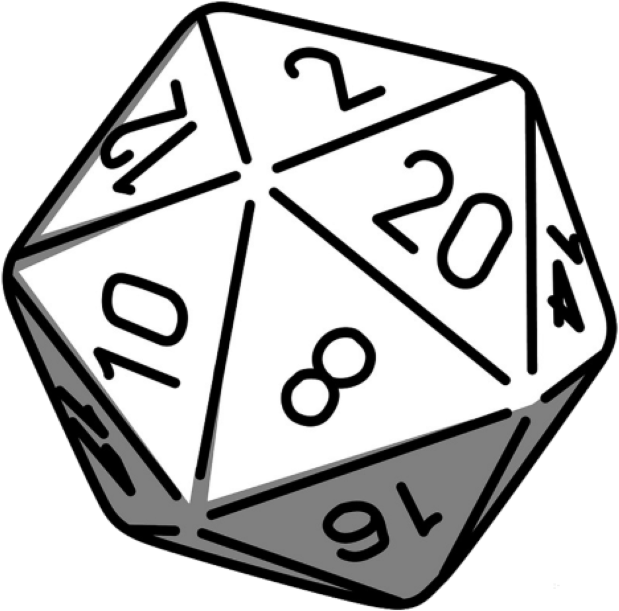 2·1 year ago
2·1 year agoRather than a specific system or style, I think the important thing is what gets you and your players excited. Pick a genre or theme that you are your players are into, then find a system that matches that. Once you get into it a bit more you can start digging into different styles of RPGs because you’ll have more context for what it all means and some idea of what you all like.
I like rules light systems because they’ve got a shorter “time to table”, but if everyone is very excited to play DnD, then DnD works because it’ll keep everyone motivated and engaged.
Some ideas:
Sci fi horror game along the lines of Alien: Mothership
Hardscrabble, fools forced to delve into dangerous dungeons and weird woods to make a living: Cairn
Grannies solving murder mysteries a la Miss Marple: Brindlewood Bay
A gang of thieves in a Dishonored-esque whale oil powered city: Blades in the Dark.
A gang of thieves flying a space ship in a star wars or firefly styled galaxy: Scum and Villainy
A doomed world undergoing heavy metal apocalypses: MÖRK BORG, or CY_BORG for the cyberpunk version of that.
Buffy and friends taking down vampire threats, or Mulder trying to find the truth that’s out there: Monster of the Week
Personally I’ve had really good luck introducing new players with Mausritter. The physical version is gives people a tactile card based inventory, the digital version is totally free. It’s super easy for people to get into the head space of tiny mice! There are also tons of fantastic modules to run which makes your job as a DM a lot easier.
This comment got a bit away from me, but I’ve run and played a ton of different systems, so if you have some idea of what you think you and your players will be into I can maybe point you in a more specific direction.

 1·1 year ago
1·1 year agoMausritter is also great at getting people into the “old school” adventuring mindset. It’s easy for people to get that they’re a tiny moues, so they need to be careful, be clever, and run away from dangerous situations.
Plus it’s got fantastic first and third party adventures to run.
Might not be sufficiently fantasy magic for the brief though?

 2·1 year ago
2·1 year agoPepcorn is actually and unironically very good.
That looks great! We actually don’t add any flavorings into the mix outside of the salt + sugar, we did originally but found out we really liked the very smokey without anything added. I should really go back and try out some different options to see what’s out there though.
We also usually smoke with “neighbor maple”. Which is to say anytime a storm comes through a branches fall out of the big maple tree in our neighbor’s lawn, we take it, chop it up, and smoke stuff with it.
Slicing is both the easiest and most annoying part of the process for me. A few years ago we managed to get a hold of a second hand commercial deli slicer. It works incredibly well, as you might imagine, but then I discovered why you usually don’t have commercial equipment in your home. I use it maybe once every couple months, and it takes about as long to clean the dang thing as it does to actually slice something on it. I’m sure it makes sense in an actual butcher or deli where you’re using it all day, but for me I do 15 minutes of slicing and then have 15 minutes of cleaning off pork fat. It sure does make nice even slices of bacon though.
They go in the freezer, and when we want to use a pack we just toss it into the fridge the day before.
The stars are because I ran out of the good plastic wrap (each has a layer of cling film then layer of freezer paper), and had to do the final two with the bad plastic wrap. I’m less confident about how air tight they are so they’re starred so we eat them first.
That sounds fantastic. I have some relatives that hunt, and I have not taken enough advantage of that.
Gotta set up a deal where they give me meat and I return half of it in the form of bacon or sausage.

 5·1 year ago
5·1 year agoHere’s my lovely girl Desdemona taking a nap on my leg (bonus selfie shot of myself):
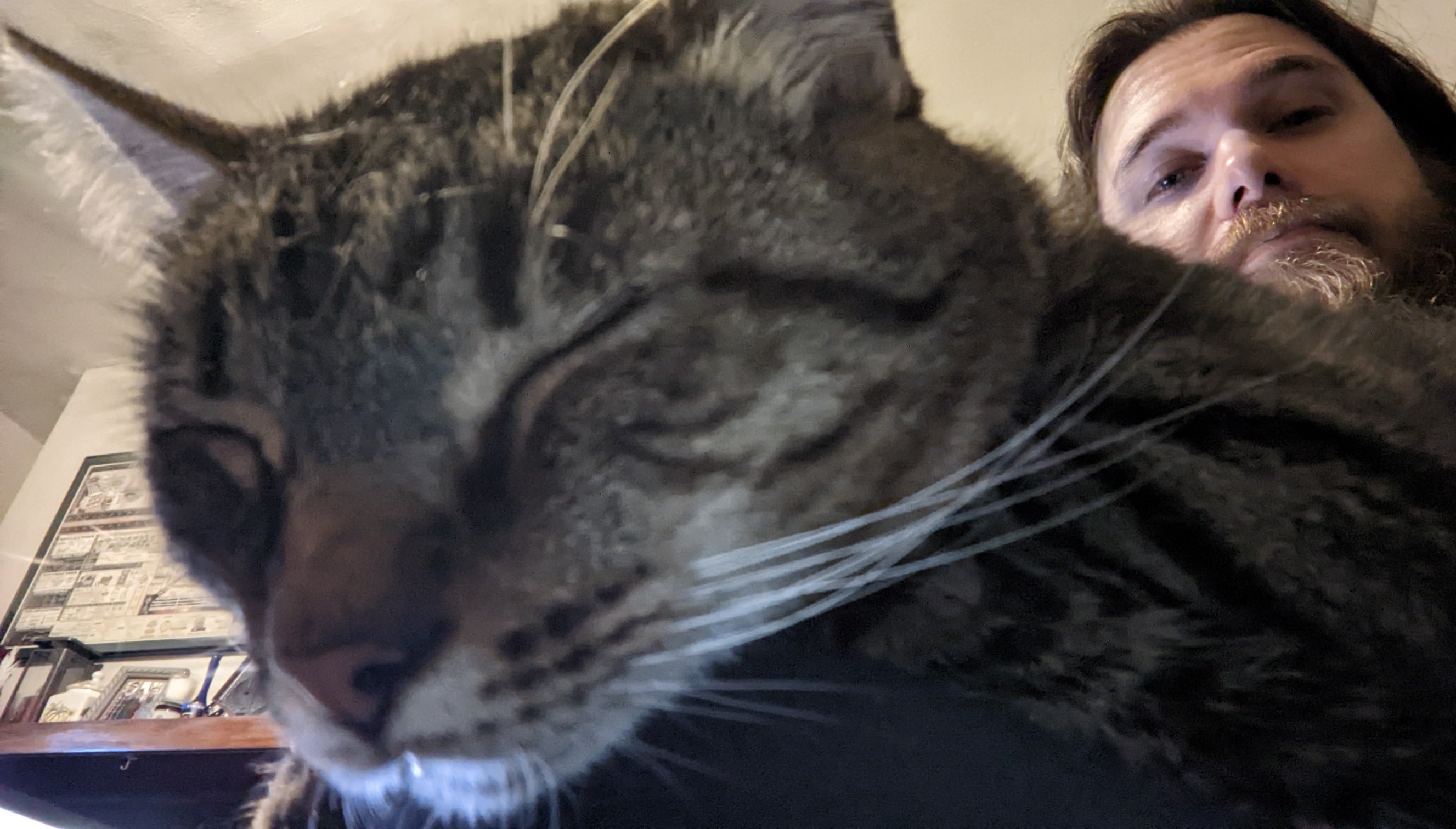
And my strange gremlin of a son, Darien:
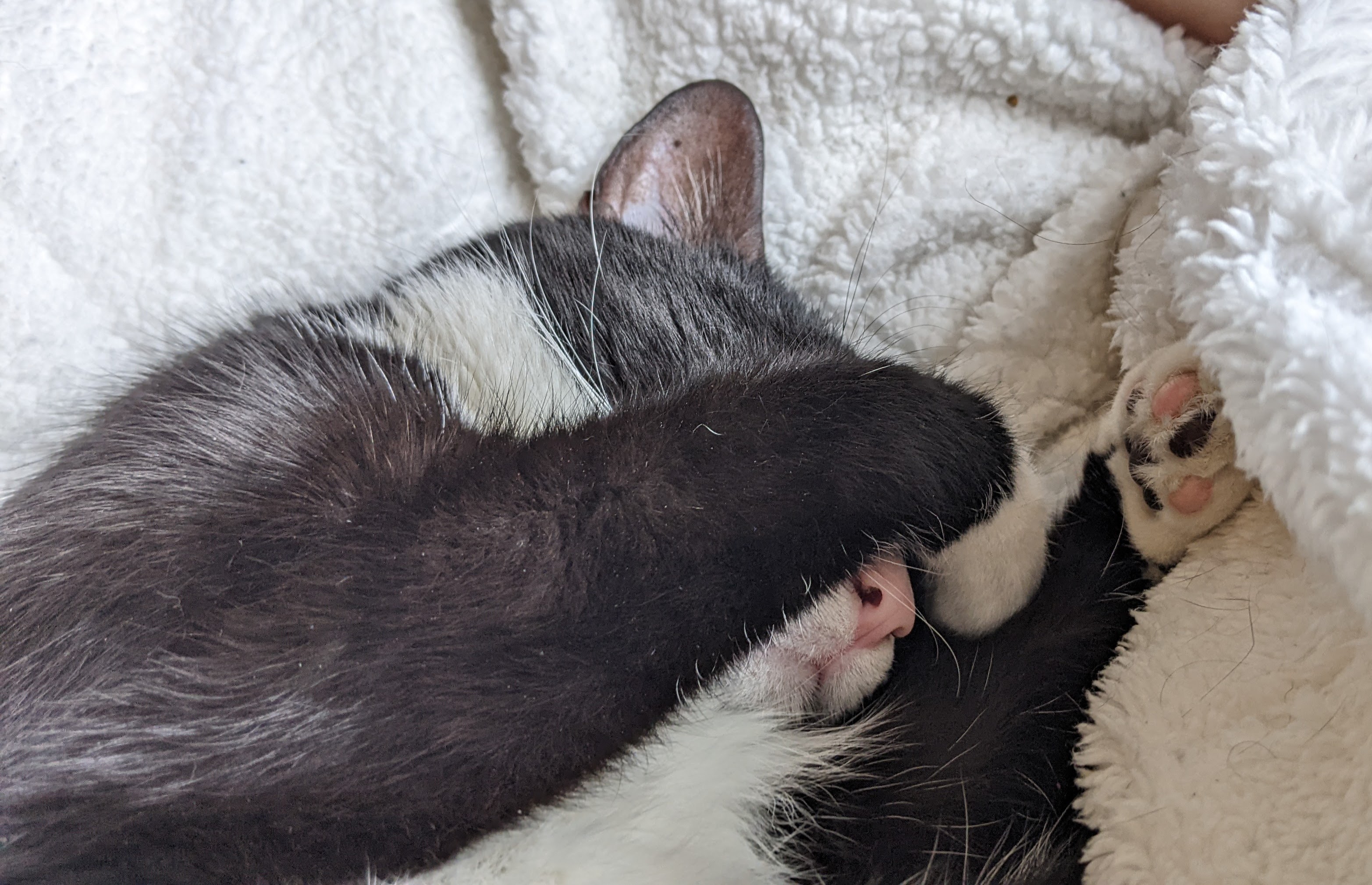
Maybe not as zoomed in as requested, but I can’t get new ones as they’re both currently hiding under a bed due to the contractors in the house.

 5·1 year ago
5·1 year agoI played Earth for the second time Sunday night (after my usual RPG night was cancelled/postponed), this time with 4 rather than my first game with 2.
It’s a really interesting game, but I’m not entirely sure how I feel about it yet. I originally took a look because it kept coming up in discussions around Ark Nova (which I tried and disliked), Wingspan, Terraforming Mars, etc.
I can see why people say Ark Nova is a bad comparison (I agree, very little overlap) but absolutely see why people compare it to Wingspan so often. So many of the mechanics in Earth seem to be directly pulled from Wingspan and then vaguely re-themed to be plant based. It really feels like they started with Wingspan as a base design, and then reworked it into their own concept.
Pros:
- Simultaneous/shared turns a la Race for the Galaxy work super well in a wingspan-like game. Getting to run your engine on other people’s turns is so much nicer than sitting and waiting for them to deliberate over choices.
- The flexibility of getting to build your own tableau with almost no limitations is a lot of fun, as opposed to building off of an existing engine framework.
- The shared turns have made it (so far) so I never felt like I was truly pinched for resources. I wasn’t taking actions out of desperation to catch up, I was picking what I felt would get me closer to my actual goals.
- Despite the singleton deck, it never felt like I was unable to find cards with the synergies or qualities I needed.
- There were a good number of high payoff “build around” cards that came up, which is something I always enjoy in a board game.
Cons:
- The iconography could use some work, especially considering how heavily the game relies on it. I mean, the “cold climate” symbol is a five pointed snowflake?! The object that is famously six sided?! I understand having a learning curve, but having a player ask, “what the hell does this symbol mean?” and hour into a game isn’t great.
- Flavor is tenuous, in Wingspan I get that predators hunt smaller birds, that birds which lay lots of eggs and store lots of eggs, etc. In Earth, I have no idea why a given plant has 5 sprouts but only 2 growth, or another one has 2 sprouts and 4 growth. The event cards are even more incomprehensible.
- It’s got a bit of the “egg rush” end game from Wingspan (sprout rush here) but it’s mitigated by shared actions, and having more flexibility in how you build things up (this could have also been placed in Pros, tbh).
- I would never ever want to play this in person. So many fiddly bits interacting that I’m happy to allow BGA to handle for me. Especially considering the scoring, which (again) mirrors Wingspan but has significantly higher totals and would presumably take proportionally longer to count up.
- I understand why a game like this uses photos as card art, but I do really wish they had nice Wingspan-like illustrations instead.
Overall, very interesting game. I had fun, and I’m looking forwarding to digging into it more on future plays.
We did a mix, although the hardneck did a lot better than the softneck this year. There’s a bit more softneck still in the ground that we’re waiting on.
I personally prefer the hardneck only because it gives me tasty tasty scapes to grill.

 1·1 year ago
1·1 year agoThe GM section at the end of Electric Bastionland is, for my money, the single best collection of GMing advice you can get a hold of.
Most of it (maybe all?) is also free on Chris McDowell’s blog but having it curated and in print is great.
It’s fantastic, as simple as just chucking some garlic into a jar with honey. Wait long enough and you get a really nice almost balsamic-y garlicy liquid to drizzle on stuff (I love it on pizza). I’ve also done it with some chopped up habanero included to make it spicy.
Insert usual caveats about being careful with fermenting food at home and doing your own research, and there being a small risk of botulism.
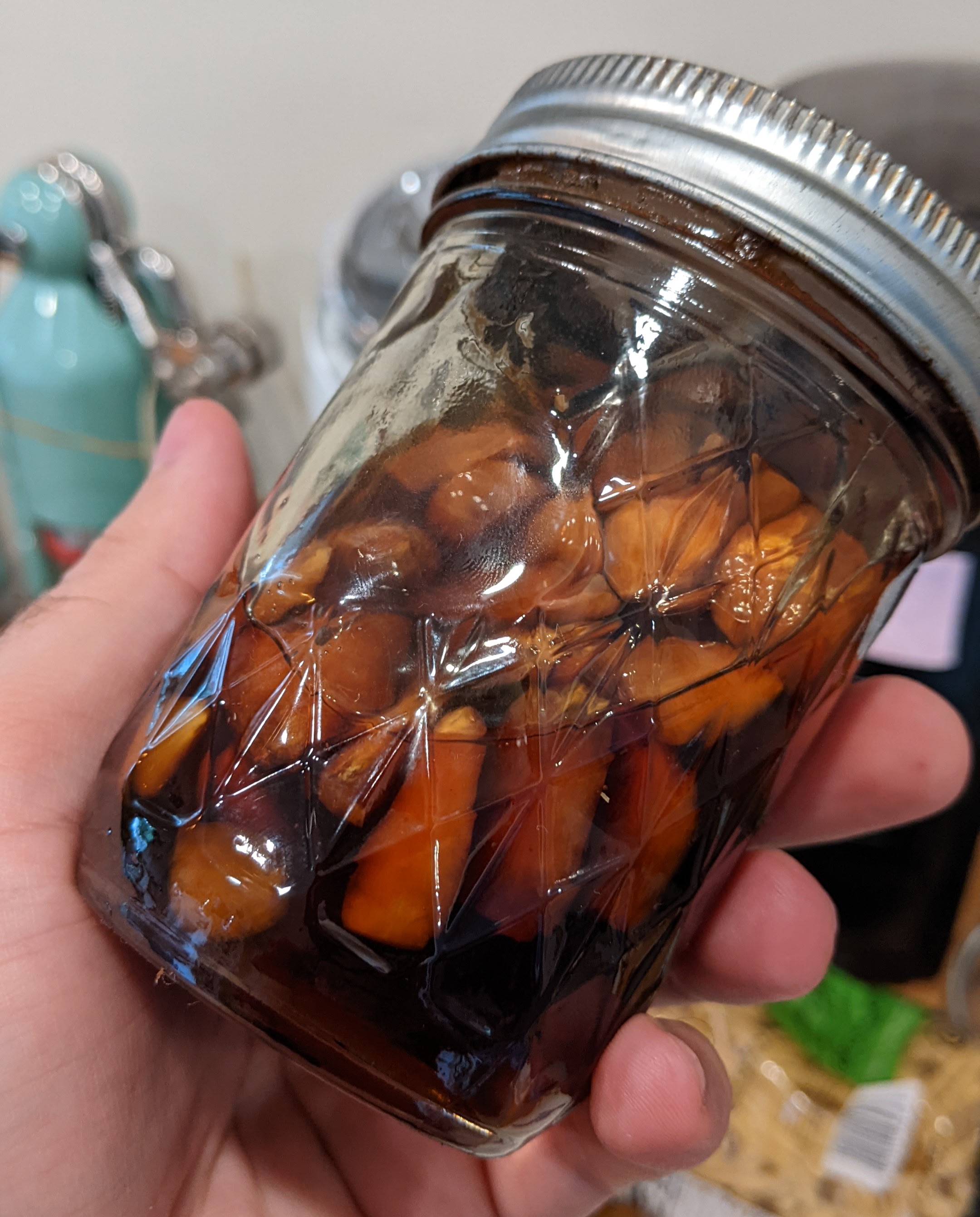
We’ll let them sit and dry to “cure” for a week, at which point they stay good for quite a while in a cool, dry place. I think last time we grew garlic we got a good six or eight months out of them in the basement? We braided them into bundles and hung them up for storage.
Also if you want garlic next year, make sure you plant the bulbs this year before the ground freezes in late fall or so. Garlic is an over-winter situation.




Yeah, I don’t know if that tracks. Wingspan has sold more than 1.3 million copies (as of September 2021) which is way way way more than the average board game sells.
I’d far more believe that they couldn’t keep up with production than they were intentionally limiting supply.